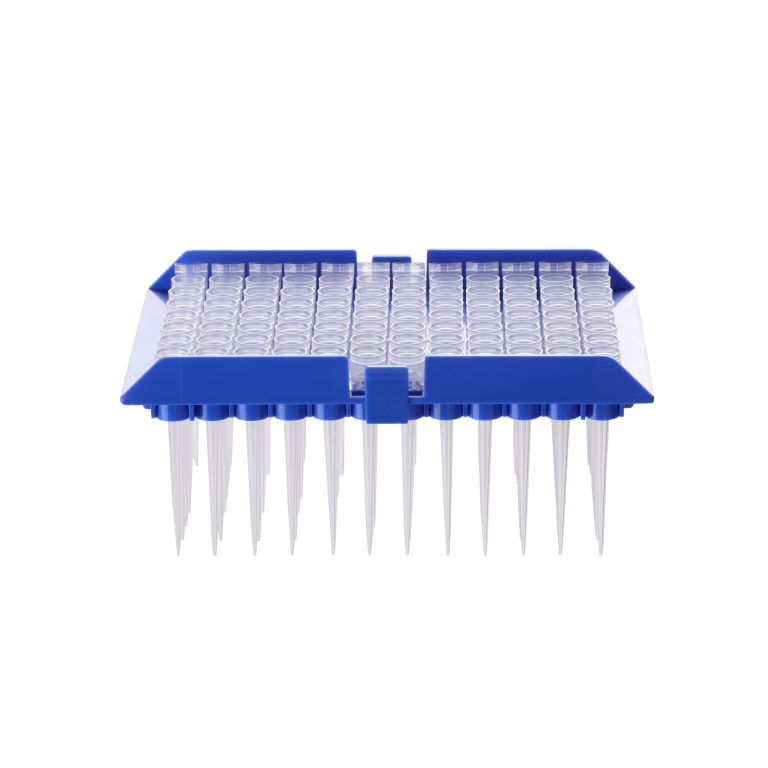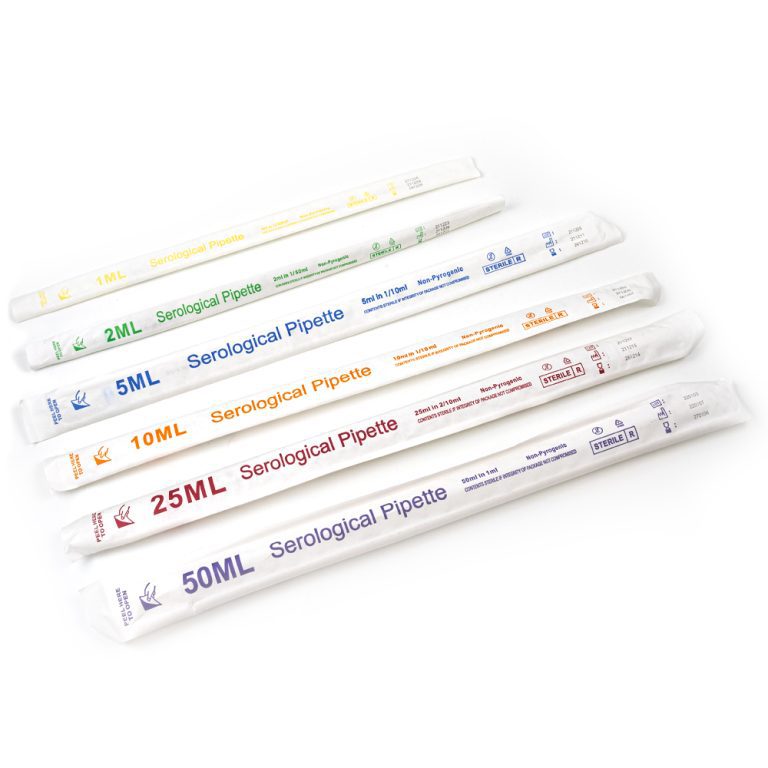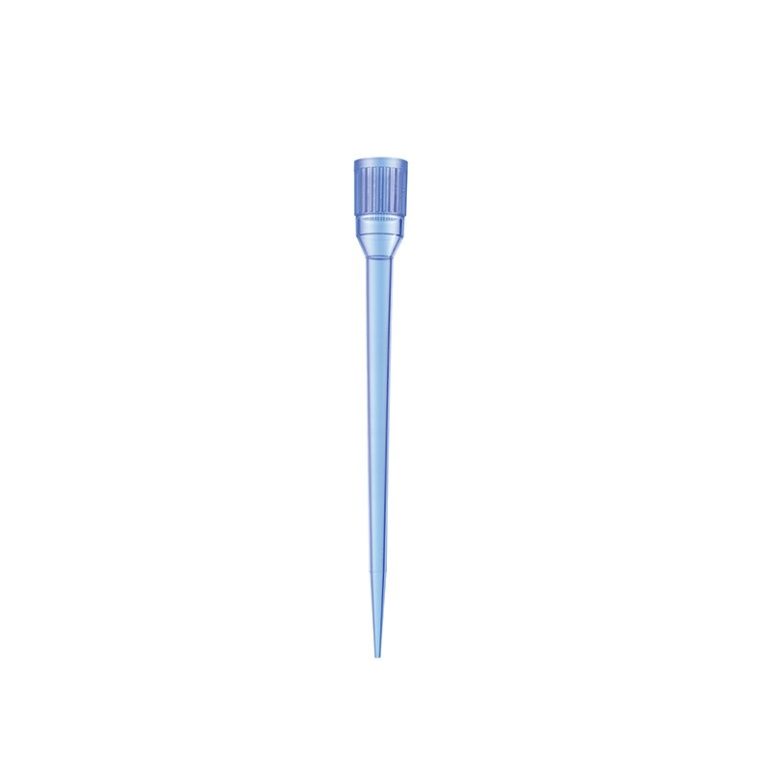Here are some common use cases for 8-strip PCR tubes:
– Running multiple PCR reactions in parallel. The 8 tubes allow you to run 8 separate PCR samples at the same time, which is faster and more efficient than running reactions singly in individual tubes. This is useful for high-throughput PCR applications like genotyping or gene expression analysis.
– Primer optimization or gradient PCR. You can set up a temperature or reagent gradient across the 8 tubes to simultaneously test different conditions in the same PCR run. This allows you to quickly optimize your PCR.
– Sample duplication. You can aliquot the same sample into multiple tubes to run technical replicates of the PCR reaction. This helps account for pipetting errors and reaction variability.
– Analyzing multiple samples. The 8 tubes allow you to test up to 8 different DNA/cDNA samples in one PCR run. This is useful when you have multiple samples to screen or genotype.
– Sample dilution series. You can make serial dilutions of a sample across the 8 tubes to test the efficiency and sensitivity of your PCR assay.
– Controls. The multiple tubes provide space to run positive and negative controls along with your test samples in the same PCR run.
– Post-PCR processing. After PCR, the individual tubes make it easy to process the reactions further for analysis by agarose gel electrophoresis, sequencing, etc.
So in summary, the 8-tube strip format enables running small-scale multiplex reactions for PCR optimization, sample analysis, and workflow efficiency. The individual tubes also facilitate post-PCR processing.



